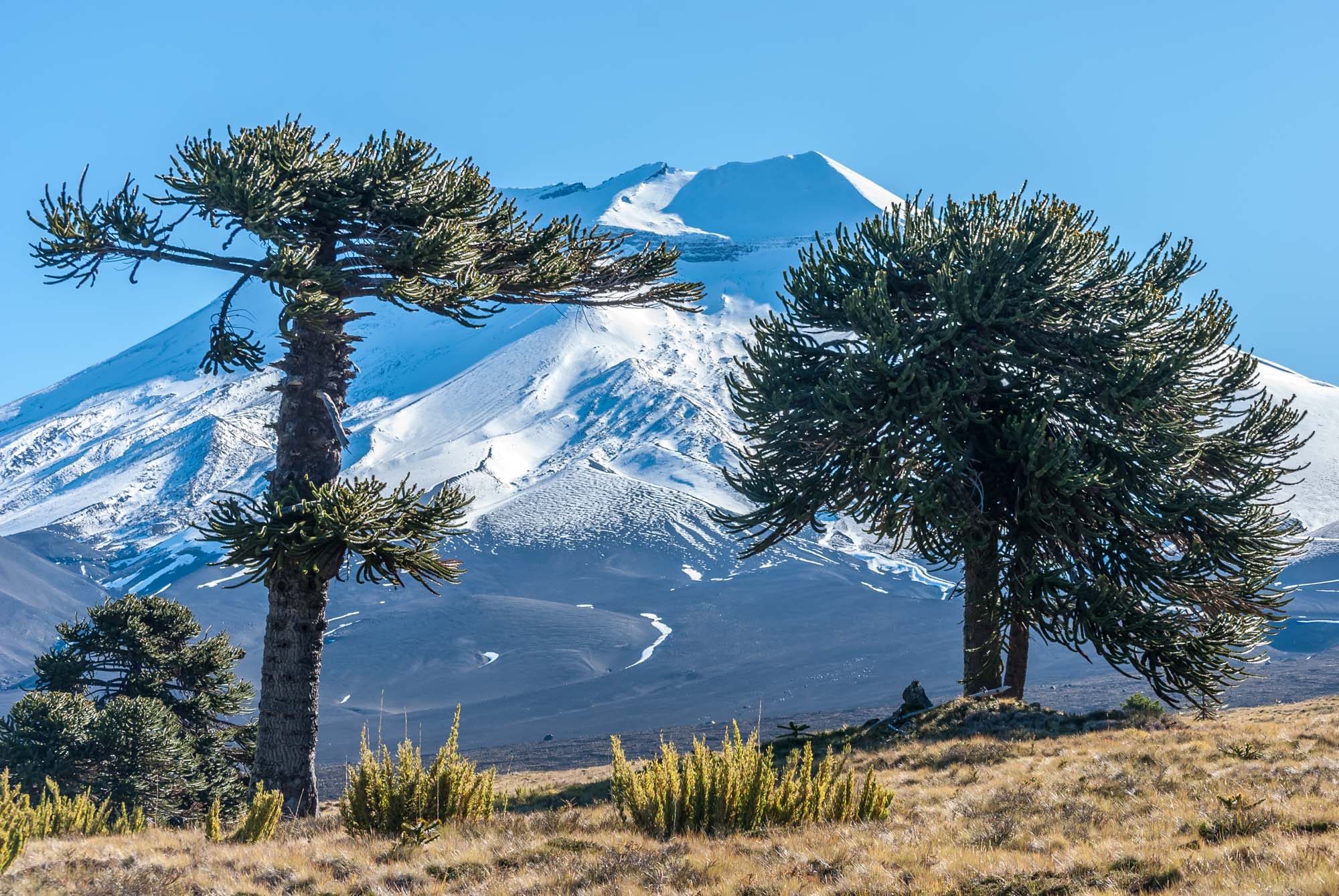Ecology of black-backed jackals
In southern Africa, the widespread black-backed jackal can transmit canine diseases - some of them fatal such as Canine distemper virus (CDV) - to endangered carnivore species such as seals and lions. Thus, black-backed jackals can act as a conduit transferring deceases from domestic dogs to endangered carnivores. However, much of the ecology of the species remains unknown. We have worked in two different environments in Namibia, the coast and the Namib desert.
- Goldenberg, M., Goldenberg, F., Funk, S.M., Henschel, J., Millesi, E., 2010. Diet composition of black-backed jackals, Canis mesomelas in the Namib Desert. Folia Zoologica 59, 93–101.
Abstract
Black-backed jackals (Canis mesomelas, Schreber, 1775) survive in a wide range of environments. Their foraging strategies are highly variable in different habitats. Adaptations in foraging behaviour in relation to abundance and quality of food sources are expected to be highly pronounced in an extreme habitat like a desert.
This study investigated the diet composition in black-backed jackals in the Namib Desert by analysing faecal samples collected between February 2004 and August 2005. Frequency of occurrence, relative dry mass and proportion of biomass consumed were calculated for different prey items. Insect parts, mainly of two species — the giant longhorn beetle (Acanthophorus capensis) and a locust (Anacridium moestum) — were found in 72.2% of the samples and were estimated to have contributed 22% to the biomass consumed. Mammals, predominantly rodents and ungulates, represented the highest proportion of biomass consumed (42%), although their remains were found in only one third of the samples. Based on biomass, mammals are assumed to be the jackal's preferred prey, but, probably due to lower abundance, more difficult to obtain than insects. More than 50% of the samples contained plant material, mainly seeds of !NARA plants (Acanthosycios horridus) and false ebony (Euclea pseudebenus), especially during their fruiting seasons. Although the abundance of A. capensis and of A. moestum varied annually, their remains were found in scats throughout the year, indicating a certain degree of specialization on these prey species.
- Jenner, N., Groombridge, J., Funk, S.M., 2011. Commuting, territoriality and variation in group and territory size in a black-backed jackal population reliant on a clumped, abundant food resource in Namibia. Journal of Zoology 284, 231–238.
Abstract
This study examines the effect of a clumped, non‐defendable and abundant year‐round food resource (Cape fur seals) for black‐backed jackal Canis mesomelas social structure and spatial organization at Cape Cross Seal Reserve and the National West Coast Recreation Area in Namibia during the jackals' denning period in 2004 and 2005.
Geo‐referenced observations of behaviour and space‐use were used to test for territoriality, and to assess commuting distances, territory size, group size and within‐territory density on the Namibian coast.
Jackals displayed behaviour indicative of territoriality to within 50 m of the fur seal colony. In accordance with optimal foraging theory, jackals commuted between 0.45 and 20.03 km from their territory (low prey availability) to the seal colony (high prey availability). The observed within‐population variation in group size (two to eight adults), territory size (0.20–11.11 km2) and within‐territory density (0.31–9.80 jackals km−2) was unprecedented and strongly associated with distance from the food resource. Group and territory size increased, while within‐territory density declined with increasing distance from the fur seal colony.
We discuss the relative importance of the food resource and other factors in determining jackal social and spatial organization.

